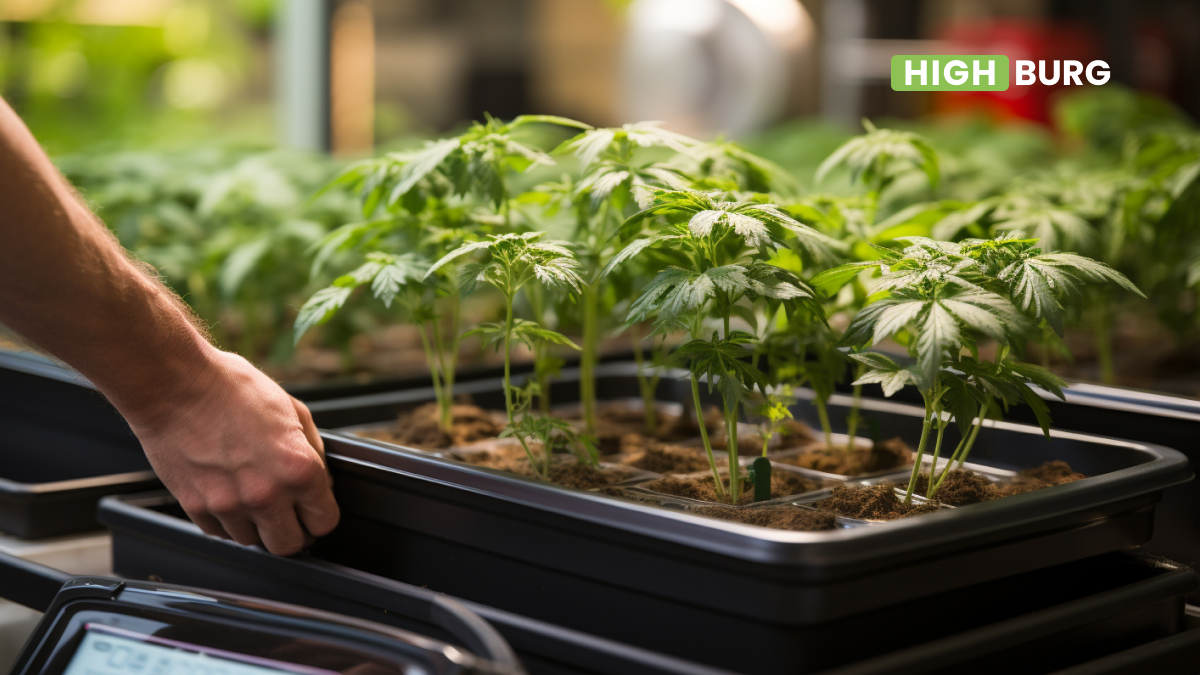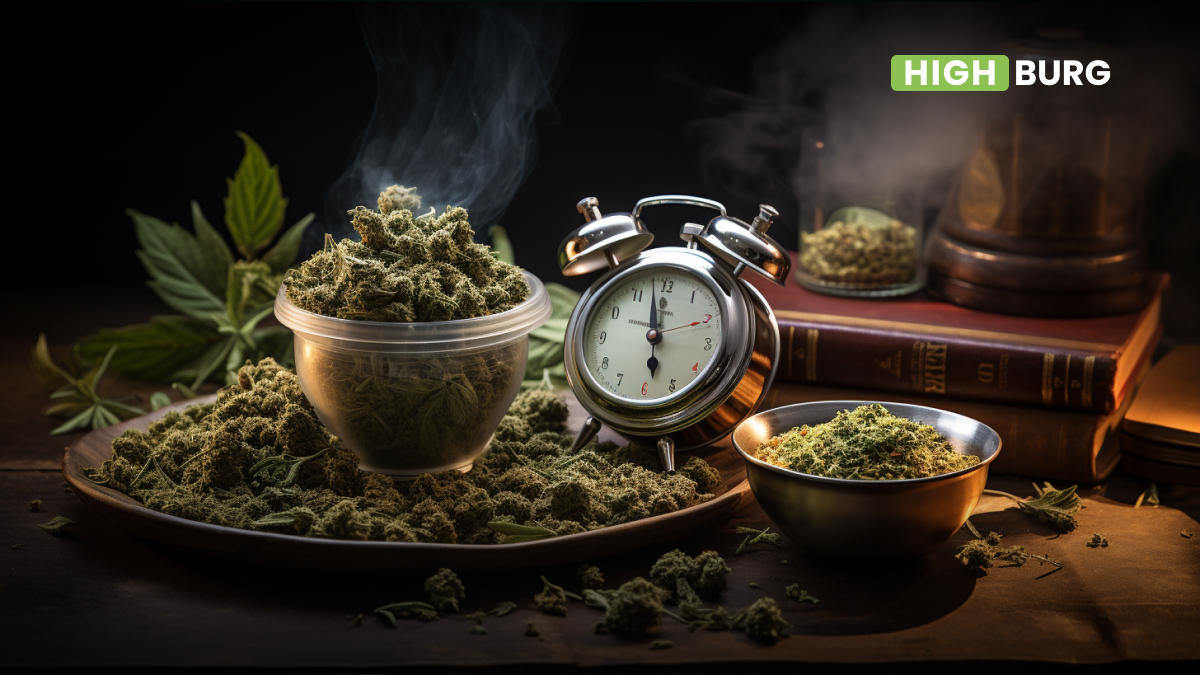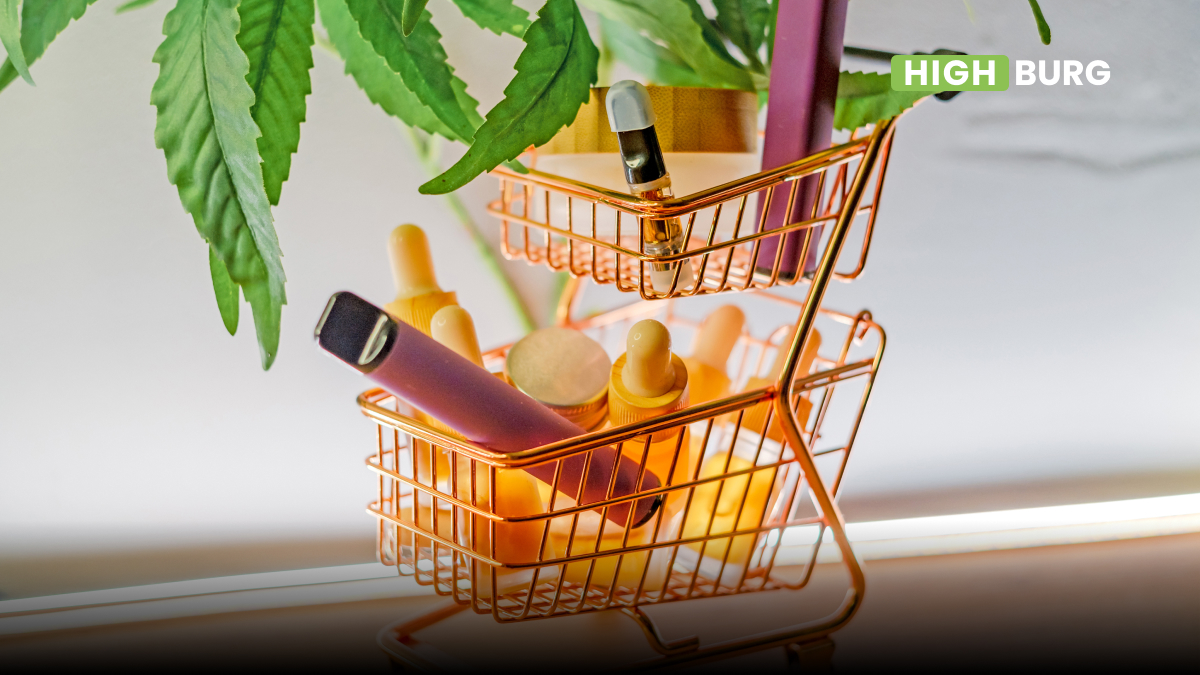According to statistics released by New Frontier Data, an estimated 6% of cannabis users grow their own flower at home, with the data revealing most home growers are on the younger side. The amount of people growing cannabis at their homes is likely to increase in coming years as more states begin legalizing this plant for recreational usage.
A recent study revealed that two-thirds of all Americans say cannabis should be legalized. Statistically, this means that of those surveyed, 91% said cannabis should be legal for medical and recreational use, with only 8% saying it should be kept illegal – this is fewer than one in ten.
With so many people advocating for its legalization, it’s unsurprising that more states are legalizing cannabis cultivation for recreational use in the US. If you’re an individual in one of the US states that have legalized cannabis cultivation, you might be eager to grow your own plants. Cannabis care isn’t as cut and dry as you might believe.
Cannabis Plant Care During The Different Growth Stages
Since cannabis plant care can be somewhat complex, it’s an excellent idea to learn how to care for your plants during their different growth stages.
If you want your cannabis plants to thrive, you’ll need to take care of them through the seedling, vegetative, and flowering stages. If you don’t, you risk them dying or producing low yields. So, to help get you started, we’ve briefly shared how to care for your cannabis plants.
Cannabis Seedling Care
Cannabis seedling care is arguably the most important stage because if you don’t care for your plant properly during this period, it is unlikely to grow. You need to be careful to plant the seedlings in suitable soil and environment. Your seedlings won’t need to be watered too often at this stage because too much water can drown them. Depending on the climate and setup, most people will only need to water their seedlings every four to seven days.
Once the seedlings germinate, more leaves will grow, but they will be incredibly delicate, so you will need to be careful. Additionally, it is best not to add any nutrients at this stage as the plants are too fragile. Yet, ensure they have plenty of light and water, and your seedlings should make it to the vegetation stage.
Cannabis Vegetative Stage Care
A cannabis plant’s vegetative stage represents its ‘teen years.’ When your cannabis plant has sufficiently grown, you will need to transfer it to a bigger container because the root network will need to expand so that it can grow stronger and healthier. If left in a smaller container, the roots will be stunted, and you’ll end up with a plant that produces no flowers or it starts to produce them too early.
Unlike during the seedling stage, during the vegetative stage, you’ll need to provide your cannabis plants with more water. Additionally, you should begin giving your plants nutrients by adding the correct mix to their soil. Some people (mostly outdoor growers) find nutrients an optional step: whether or not you add them will depend on your growing medium.
Even if you don’t add nutrients at the vegetative stage, you should be feeding it nitrogen to properly care for your plant. You should also be pruning them to ensure that dead leaves and branches are removed and that they’re kept out of direct sunlight so that growing buds have enough shade.
If there are no obstructions and your plant has enough light, it will produce bigger and higher-quality buds alongside increased yields. Airflow is also essential during this stage so ensure you have enough around your cannabis plants.
Cannabis Flowering Stage Care
Before the flowering stage is upon you, it’s best to transfer your cannabis plants to their final growing place (in pots or the ground). You should also finish topping and setting up if necessary a net to keep pests away from your plants.
If you don’t do this, all your hard work in the seedling and vegetative stages would be for naught because you cannot move your cannabis plants during the flowering stage. Additionally, when caring for your cannabis plant during this stage, you need to prune it during the first few weeks, but after that, it’s best to leave this step out.
Moreover, this stage requires the most water as your cannabis plants will become thirsty to gain weight and produce buds. Yet you shouldn’t overwater them to produce more buds – every few days is sufficient. Another thing to keep an eagle eye on is if your plants are suffering from nutritional deficiencies at this stage. There are many nutrients a flowering cannabis plant needs, so make sure yours has these nutrients to grow strong.
How To Care For A Cannabis Plant? – The Top Five Tips
Now that you’re aware of how to care for a cannabis plant during the seedling, vegetative, and flowering stages, we want to share a few tips you need to know about plant care. Following these tips could be the difference between a healthy plant and a plant that produces minimal yields.
1. Ensure You Have The Right Growing Medium
If you’re planning on growing cannabis plants, you need the right soil that is rich in minerals and has good drainage. Unfortunately, not all soil types are suitable for growing cannabis which could be why you have failed in the past.
If you’re going to use your soil at home to grow your cannabis, it’s best to have it tested to learn its type, pH, and drainage capabilities. Armed with this information, you can choose the best type of fertilizer to promote healthy growth.
However, it’s best to remember that slightly acidic silty soil with a pH of between 5.0 and 7.0 is perfect for growing healthy cannabis plants. Besides the soil, you also need to decide if you will be growing your cannabis plants indoors or outdoors and if you’ll be planting in pots or directly into the ground. Often using pots is better as it’s more mobile in the seedling and vegetative stages.
2. Frequently Check Your Temperatures
If a cannabis plant is grown in the wrong temperatures, it has little chance of surviving. That’s why if you want your plants to thrive, you need to ensure they are not exposed to extremely high or low temperatures that can stunt their growth.
In most instances, the perfect growing temperatures range between 75 degrees Fahrenheit and 86 degrees Fahrenheit. Should you grow in temperatures below 60 degrees Fahrenheit or above 88 degrees Fahrenheit, you’ll have plants producing buds with decreased tetrahydrocannabinol (THC) content.
3. Give Them The Nutrients They Need
Like other plants, Cannabis needs nutrients to grow properly, so the best care you can give your plants is to ensure they have the nutrients they need. Usually, giving your plants nutrients isn’t an overly complex endeavour, as you’ll add fertilizers containing the nutrients to the growing medium for the roots to absorb.
Yet, it can be challenging to choose the best nutrients, but as a general rule, the primary nutrients your soil will need are potassium, nitrogen, and phosphorus. Other nutrients that are also important include sulphur, magnesium, and calcium. If you want to, you should include an array of micronutrients like zinc, iron, copper, manganese, boron, and molybdenum.
4. Ensure They Have Adequate Lighting
Cannabis plants will quickly become unhealthy if they don’t receive the right amounts of light (sunlight or artificial lighting equivalents). During the vegetative stage, cannabis plants need a minimum of 13 hours of light each day.
If you’re an indoor grower, you can use an 18/6 light-to-dark ratio during the vegetative stage to ensure your crop grows faster. However, during flowering, a cannabis plant should have even 12 hours of light (sun or artificial) and 12 hours of complete darkness.
5. Enhance Your Water Quality
Unfortunately, the dissolved solids found in household water can cause many adverse effects on your cannabis plants: in the worst-case scenario, the water you give your plants could kill them. This is because domestic water often contains trace elements of fluoride and chlorine.
Although these chemicals rarely kill cannabis plants, they affect the yield you expect. That’s why it’s an excellent idea to consider a filtration or reverse osmosis system to remove harsh chemicals before they make their way into your cannabis plants’ soil.
Additionally, you should also consider testing your soil often to ensure its pH is okay and to check if there are no chemicals that shouldn’t be in there. After all, you don’t want the death of your plant because you didn’t test your water.
Wrap-Up On How To Care For Cannabis Plants
Caring for cannabis plants isn’t as tricky as it sounds as long as you keep in mind the various care tips we told you. With proper care, you’ll be able to grow strong and healthy plants that will produce higher yields and more potent buds.



